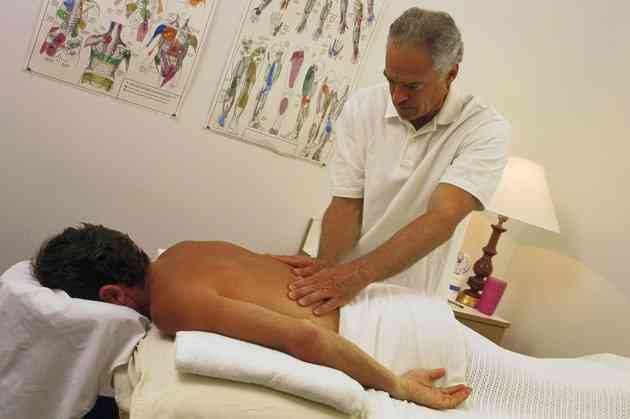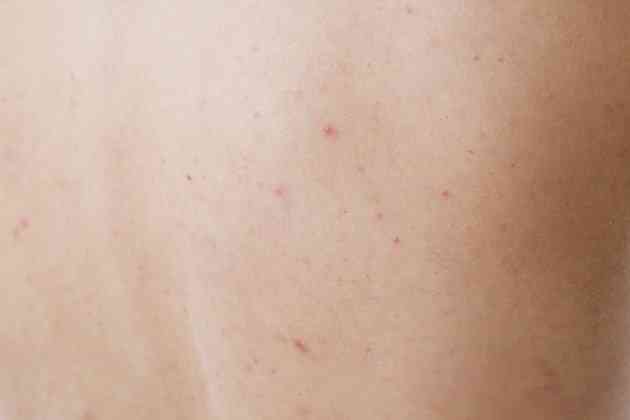How to Get Rid of Back Spasm

As the muscles tighten, pain from back spasm can suddenly bring your life to a halt. Spasms can be triggered by simple muscle overuse or more serious underlying issues. For the more innocent variety of back spasm, the road to feeling better often includes medications for pain and inflammation, rest, ice, heat, massage and exercise. Occasionally, however, back spasms can signal spinal injuries and other illnesses that require medical attention.
 A physical therapist gives a patient a back massage on his lower back. (Image: Comstock/Stockbyte/Getty Images)
A physical therapist gives a patient a back massage on his lower back. (Image: Comstock/Stockbyte/Getty Images)First Steps
Immediately after spasm begins, it's important to rest your back and find a position of relief. Lying on a firm surface with pillows under your knees can often take the edge off the pain. Ice helps dull the pain and is typically left on your back for 15 to 20 minutes. If ice doesn't help, moist heat can be tried instead. Heat increases circulation and warms the muscle to help it relax. A barrier, such as a towel, should be placed between your skin and the ice or heat to avoid damaging your skin.
Medications
Due to the intensity of pain associated with back spasm, using over-the-counter medications may be necessary. Ibuprofen (Advil, Motrin) and acetaminophen (Tylenol, Actamin) can reduce inflammation and pain, respectively. Consult your doctor before using over-the-counter medications for back spasm. If the spasm is severe or won't ease up with over-the-counter medicines alone, your doctor may prescribe a muscle relaxant. Common prescription muscle relaxants include carisoprodol (Soma, Vanadom) and cyclobenzaprine (Flexeril, Fexmid).
Massage and Exercise
Once your pain and inflammation are under control, your muscles should feel less locked-up, and you can start gentle exercises. A study reported in the June 2000 issue of the "Canadian Medical Association Journal" found that a combination of massage therapy and exercise decreased pain and improved mobility in a group of adults with lower back pain. Massage therapy increases circulation, relaxes tight muscles and reduces swelling. Exercise can have similar effects by increasing blood flow to the muscles and flushing out substances that can cause inflammation.
Home Program
A tennis ball is a good tool to release back spasm. The ball is placed between your back and another surface such as a wall. Pressure is applied to the tight muscle by leaning into the ball and taking deep breaths. Another way to ease back spasm is with exercise such as walking and other exercises that involve gentle motions. A simple motion exercise involves lying on your back with your knees bent and feet flat on the floor. Your knees are then slowly rocked from side to side. Small movements that don't require much effort are a good starting point.
Precautions
Muscle spasms can have underlying causes that require evaluation and follow-up by your doctor. If your pain is constant or worsening, see your doctor. If you have weakness in your arms or legs, loss of bowel or bladder control, numbness, tingling or radiating pain, seek immediate medical attention. These can be signs of a more serious injury such as a herniated disk or injury to the spinal cord.




